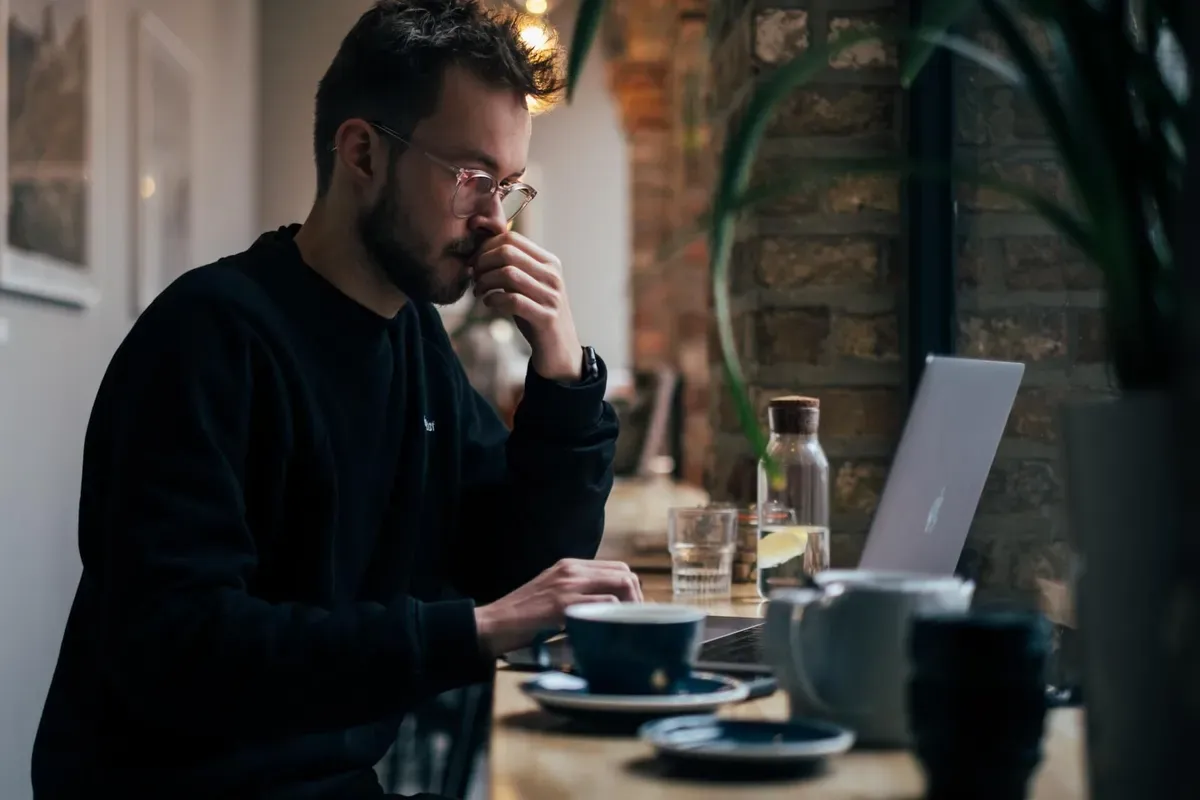
Grounding Techniques for Anxiety
If you are treating a patient with anxiety, read up on this short guide about Grounding Techniques for Anxiety and teach them some tricks to help them calm down whenever their anxiety triggers.
Get carepatron free
Commonly asked questions
Of course. A lot of Grounding techniques for anxiety are things that can be done on your own time. You don’t have to be in a clinical setting to do any of them, though some may require certain things in order to be done. Just make sure to never use this as a substitute for therapy. If your anxiety is getting the better of you all the time and you are frequently triggered, please see a therapist.
Try other techniques! There are numerous techniques that you can try! In this guide, we suggested 20 Grounding techniques for anxiety that you can try, so see which ones are perfect for you. If none of them work for some reason, please see a therapist to get more options and suggestions.
Grounding techniques are safe, however, some may not work for certain people. Some exercises, especially the ones that fall under Emotional and Mental category, require people to face their emotions as opposed to many other techniques, which are for merely shifting their attention to other things or the present moment. If they are not emotionally resilient enough, some techniques are not viable. So it’s best to try other techniques before certain ones, like Mindfulness.







